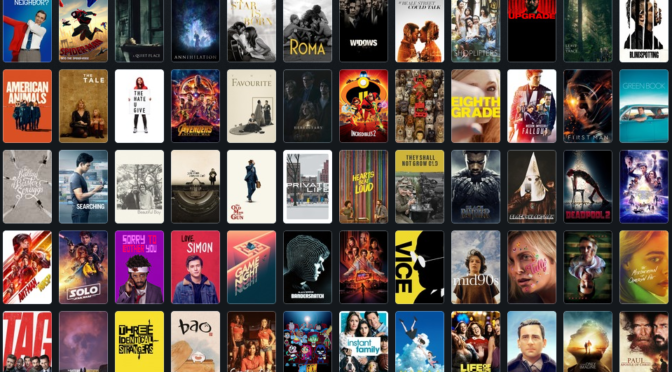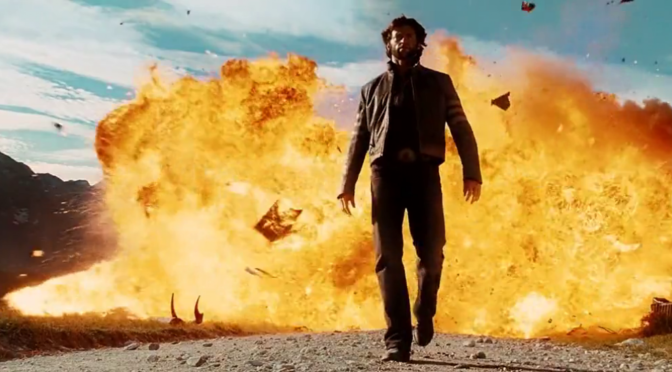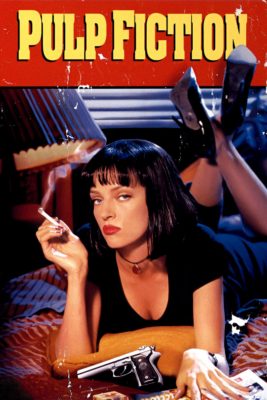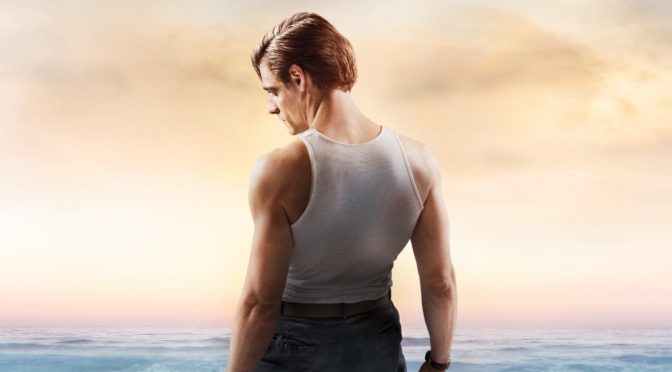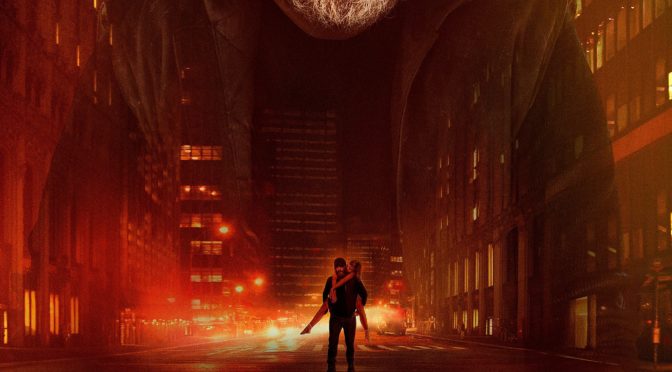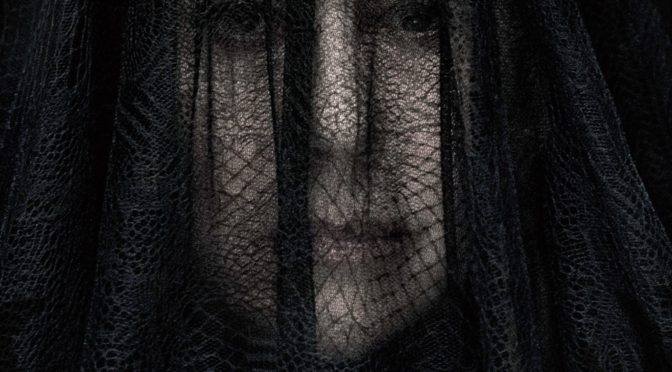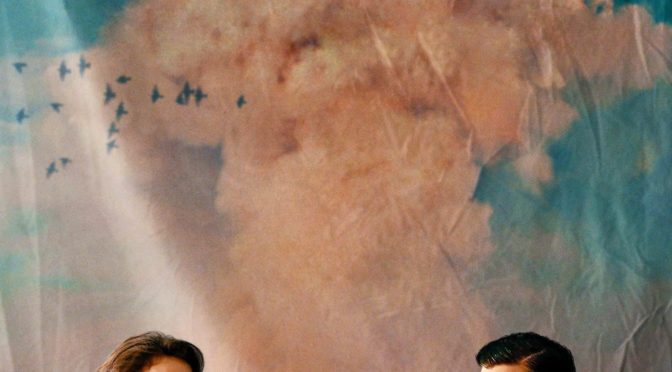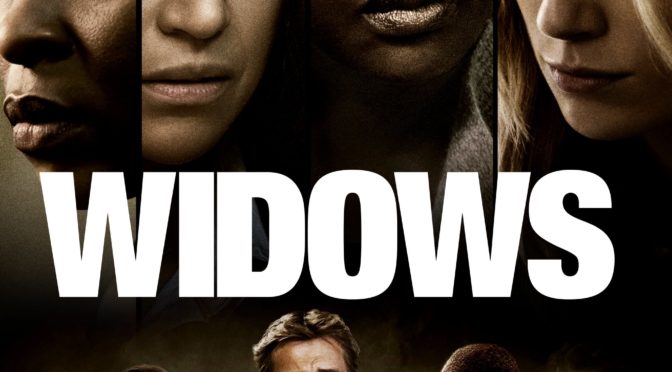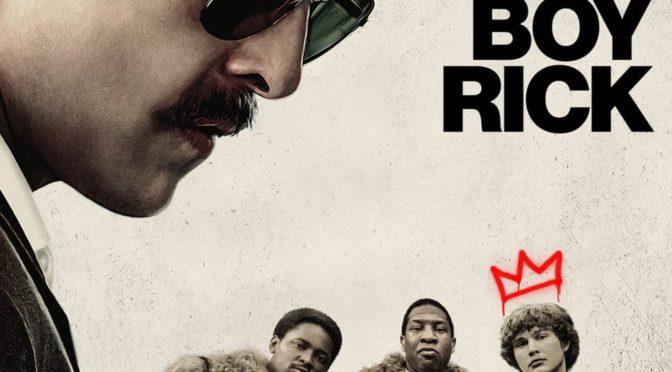From my best count, there were about 266 major films released in 2018. That includes all the tentpole blockbusters and the independent festival darlings. It also includes the most prominent foreign films which received a US release and major original releases from streaming platforms. Of those 266, I have seen 111. I’ve still got about 50 for 2018 on my watchlist, but I will probably never see the vast majority of those unless I get a government grant that allows me to stop working and do nothing but watch movies all day every day.
I track and rate all of the movies I watch at Letterboxd.com. Since I usually do this list as a top 3, it is convenient that I have exactly 3 movies from 2018 that I would classify as five-star films. That number may increase because I have a rule that no film can be rated as 5 stars based upon a single viewing. The highest I can go on one viewing is 4 1/2 stars.

Honorable Mentions
It was a very good year for film. I could just list off 20 films that were easily in the running for my top film of the year, but in addition to my top three, I want to highlight a few special films that were unique or extraordinary in some way.
A Quiet Place surprised me because I didn’t expect such an immersive story from Jim from the Office. Upgrade was the best Science-Fiction action film with its locked camera Logan Marshall-Green’s face/body acting split. Mission-Impossible: Fallout was easily the most entertaining film I saw all year, I could watch it a dozen times and still be ready for another go around.
Leave No Trace is Debra Granik’s long-awaited follow-up to Winter’s Bone (2019) and it was heartbreaking and uplifting and hopeful and brutally honest. BlackkKlansman is Spike Lee’s best since Malcolm X. It caught you laughing about systemic racism and how dumb those Klan members could be then flipped the script and left me with my mouth hanging open and tears in my eyes. Shoplifters left me wanting to be kidnapped and loved so purely whether it is technically a family or not. Finally, I’m so sad to leave First Reformed out of my top three, Paul Schrader had my rapt attention with an arresting meditation on faith’s place in the modern world.
Top Three
3. Blindspotting
The year was filled with amazing films focused on the theme of race relations. We’ve already mentioned BlackkKlansman, but there was also If Beale Street Could Talk, The Hate U Give, and Sorry to Bother You. However, the best, in my opinion, was the one that was criminally overlooked, Blindspotting.
The story is pretty simple. Collin, played masterfully by Daveed Diggs (whom you might know as Lafayette and Thomas Jefferson in Hamilton), must make it through his final three days of probation for a chance at a new beginning. Despite his childhood best friend Miles (a solid introduction from newcomer and co-writer Raphael Casal) not being the best influence, Collin is loyal. That countdown clock comes under pressure when Collin witnesses a police shooting and the two men’s friendship is tested as they wrestle with their identity in their rapidly-gentrifying Oakland neighborhood.
I don’t understand why Lionsgate released this unbelievably prescient masterpiece in mid-July rather than holding it a little later for Awards season. It was electrifying while also remaining accessible. However, Blindspotting was released in the same summer as Childish Gambino’s firebrand This is America and it is a perfect companion piece.
2. Won’t You Be My Neighbor
I wouldn’t usually even think of putting a documentary on my best films of the year, but I was so incredibly floored by Morgan Neville’s documentary Won’t You Be My Neighbor. I grew up watching Mister Rogers every afternoon as a little kid and I even remember watching often into my teenage years. At some point, I probably kind of outgrew it and thought that he was uncool. But now looking back as an adult I see that Fred Rogers was the coolest guy in the neighborhood.
If there were one film in 2018 that I would force every person to watch it would be this. The faith, hope, and love that Fred Rogers exhibited in every show is a salve that I believe our culture needs now more than ever. Fred Rogers wasn’t seeking to entertain kids with his show and he wasn’t trying to rush them through growing up like so many try to. Instead, the yellow caution light flashes outside the building even before the familiar song begins as if to signal that it is time to slow down and learn what it means to be a human and how to live as a human with other humans.
It didn’t fall into the trap of fawning over Mister Rogers. That’s good, because he would push back on being idolized in any way. Instead, he would call us to action, encouraging us to be better neighbors to all in hopes that this love and kindness might spread. Morgan Neville struck gold with this film and I only hope that it stays on constant rotation and that Fred Rogers is allowed to touch the hearts and minds of another generation and that my generation might be reminded of his gentle example.
1. Spider-Man Into The Spider-verse
I was not on the early bandwagon for Spider-Man Into the Spiderverse. I felt like it was too soon to do anything with Spider-Man much less introduce eight new ones. It wasn’t until I saw the sneak preview after Venom that I was even interested. I thought the animation looked great and I was intrigued by the concept and thought that it would be a good movie to take my kids to. However, about 15 minutes into the film, I knew I was watching something special.
Let’s count the Spider-Men. First, we have Chris Pine’s stellar Peter Parker prime. He’s better than our Peter Parker and Spider-Man in every way except for the turn of events of this film. Second, we have Miles Morales, also from the home dimension of this film. Miles is played by Shameik Moore with bright-eyed energy. Then things get crazy with a whole slew of Spider-people.
Third, the road-weary veteran Peter B. Parker (Jake Johnson), complete with sweatpants, who is a sadder more tired version of the uber Spider-man. Fourth, Spider-Gwen, which I can easily see getting her own stand alone. Hailee Steinfeld brought some youthful confidence to the powerful girl’s role that will be seen over and over at Comic-con. Fifth, Spider-Man Noir, voiced in an amazing casting choice by Nicholas Cage. It’s seriously the best thing he’s done in years except destroying that pool table while singing the hokey pokey in Mom and Dad.
Sixth, Peni Parker, who shares a psychic connection to a radioactive spider that lives in her deceased father’s robot. I’m not making this up and she’s not even the weirdest. That award easily goes to seventh, Peter Porker (a.k.a Spider-Ham) a Looney Tunes type animated pig who actually started out as a spider but was bitten by a radioactive pig. In case you think I’m making this up, this is a comic you can actually read. Finally, eighth, featured just briefly in the post-credit scene is Oscar Isaac playing Miguel O’Hara as Spider-Man 2099.
Somehow, all of this works and is magically told with no confusion and incredible balance and confidence. I haven’t even mentioned the supporting cast in Lily Tomlin, Katherine O’Hara, Mahershala Ali, and Liev Schriber among others. It is a truly star-studded cast and with all the right stuff.
So what do you think? Agree or disagree? Did I miss one of your favorites? Let me know in the comments below or on social media.
